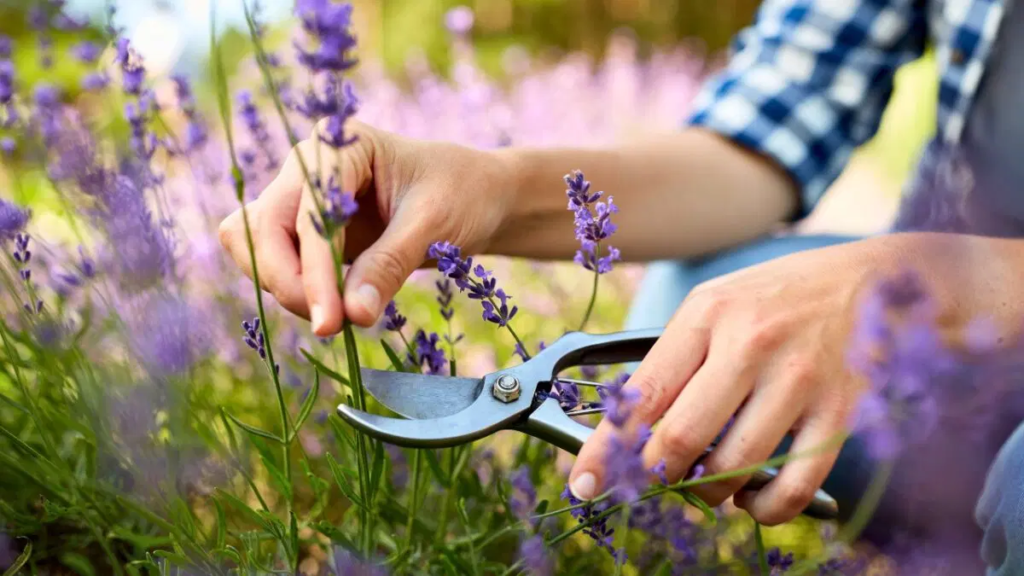By McKayla Davis, Contributing Writer
Lavender is a favorite among gardeners and homeowners for its enchanting fragrance, vibrant flowers, and adaptability. Though known for thriving in harsh conditions, lavender requires specific care to reach its full potential. Whether you’re a seasoned gardener or a beginner, avoiding these eight common mistakes can greatly improve the health, beauty, and longevity of your lavender plants.
1. Overwatering
Lavender is native to the dry, rocky Mediterranean region, which means it thrives in well-drained, dry soil. Overwatering is a critical mistake that can lead to root rot and fungal diseases. Ensure the soil is completely dry before watering again, and always use well-draining soil to allow excess moisture to escape.
2. Insufficient Sunlight

Lavender loves full sunlight and needs at least 6 to 8 hours of direct sun each day. Planting it in shaded areas can hinder its growth and blooming potential. Choose a sunny spot in your garden to encourage strong, healthy plants.
3. Overfertilizing
Lavender is a low-maintenance plant that generally does not require much fertilizer. Overfeeding it can cause excessive leaf growth, which may reduce the production of flowers and essential oils. If you must fertilize, opt for a slow-release, low-nitrogen fertilizer, and apply it sparingly.
4. Neglecting Pruning
Regular pruning is essential to maintaining the shape and health of your lavender plants. Without pruning, lavender can become woody and sparse. Prune it in early spring or just after its first bloom to encourage a second flowering and keep the plant compact and tidy.
5. Planting in Poor Drainage
Lavender requires excellent drainage to prevent water from accumulating around its roots. Poorly-draining soil can cause root rot, leading to the plant’s decline. Improve drainage by planting in raised beds or mixing gravel into the soil to create a loose, well-drained environment.
6. Ignoring Pests and Diseases
While lavender is relatively resistant to pests, it is not immune. Keep an eye out for common problems like spittlebugs, aphids, and fungal infections. Early detection and treatment are crucial to preventing an infestation from damaging your plants.
7. Choosing the Wrong Variety
Not all lavender varieties thrive in every climate. Selecting the right type for your region’s climate and soil conditions can greatly affect its growth success. Research the best lavender varieties suited for your area to ensure optimal results.
8. Failing to Acclimate
Introducing new lavender plants to your garden requires a gradual acclimatization process. When moving them outdoors, start by exposing them to full sunlight in increments over several days to avoid transplant shock. Sudden exposure to harsh sunlight can cause wilting and stunt growth.

By avoiding these common pitfalls, you’ll give your lavender the best chance to flourish. With the right care and attention, lavender will reward you with beautiful blooms, a soothing fragrance, and a healthy, thriving presence in your garden for years to come.